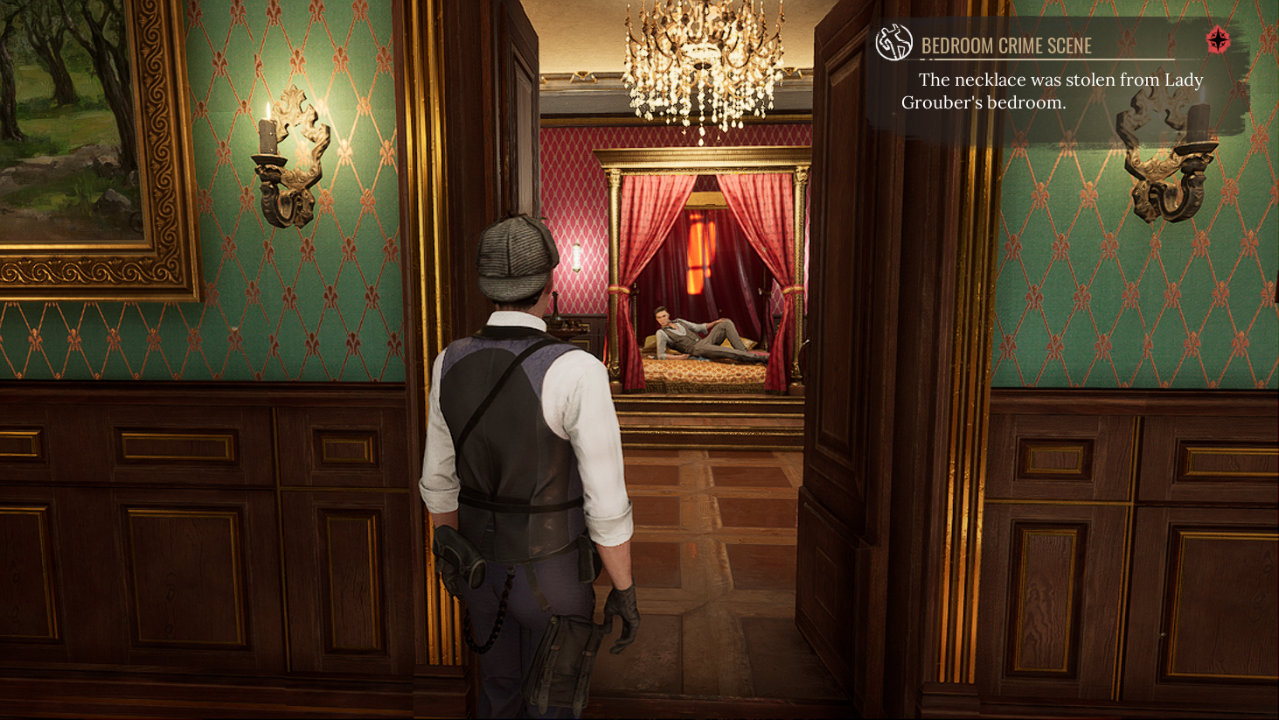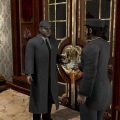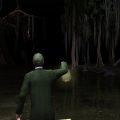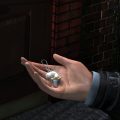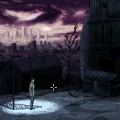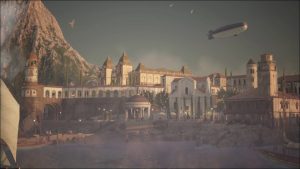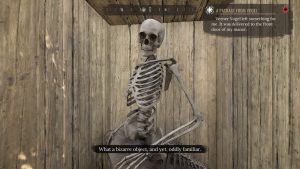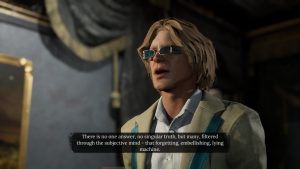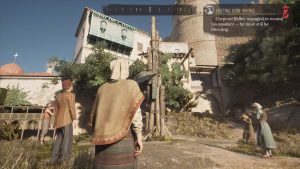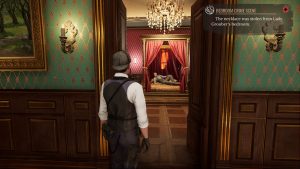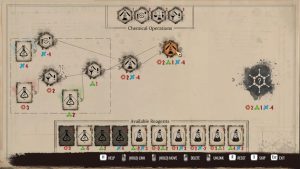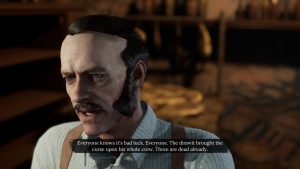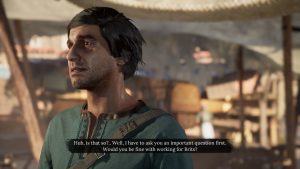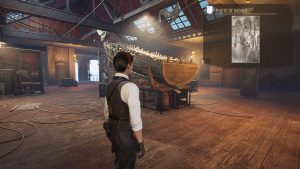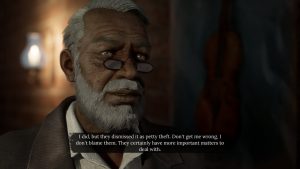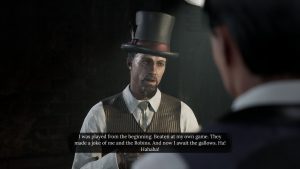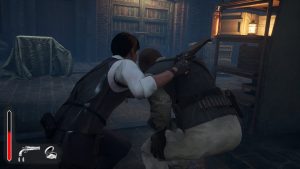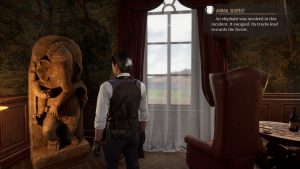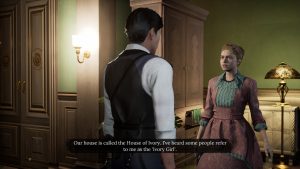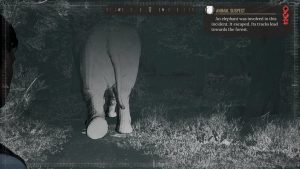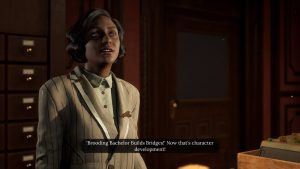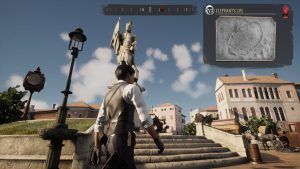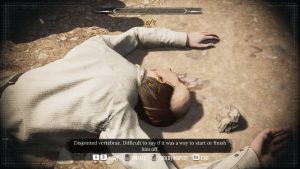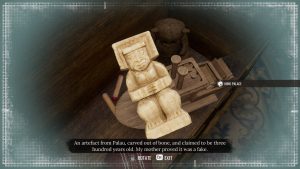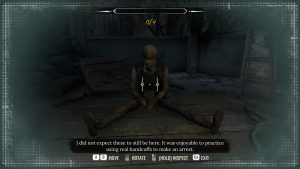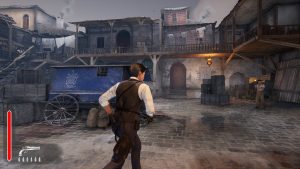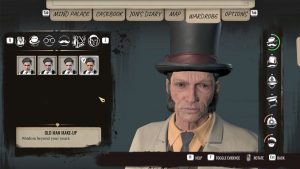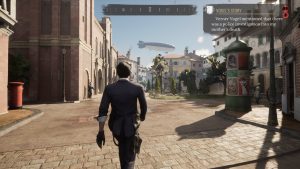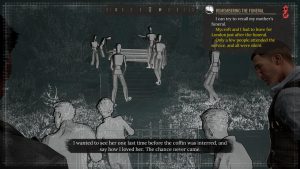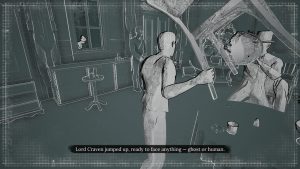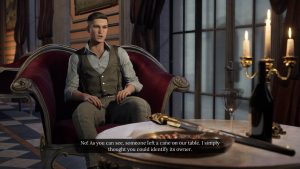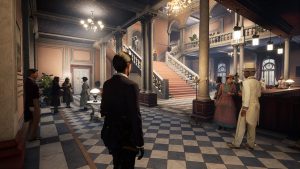- Sherlock Holmes: The Mystery of the Mummy
- Sherlock Holmes: Secret of the Silver Earring
- Sherlock Holmes: The Awakened (2006)
- Sherlock Holmes: Nemesis
- Frogwares’ Sherlock Holmes Casual Games
- Sherlock Holmes Versus Jack the Ripper
- Testament of Sherlock Holmes, The
- Sherlock Holmes: Crimes & Punishments
- Sherlock Holmes: The Devil’s Daughter
- Sherlock Holmes: Chapter One
- Sherlock Holmes: The Awakened (2023)
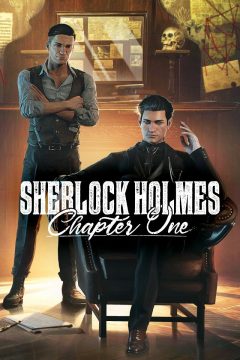
After the utter mess Frogwares went through with their new publisher during the release of The Sinking City, the studio decided to go in an independent direction, and could now do so with a brave new direction thanks to lessons learned with that last game. Two years later, and we saw the release of Sherlock Holmes: Chapter One, a prequel and more obvious reboot for their whole main franchise. The big shake up this time wasn’t just a bit of a structure change, but a complete change in scale by embracing the big modern trend: Open worlds.
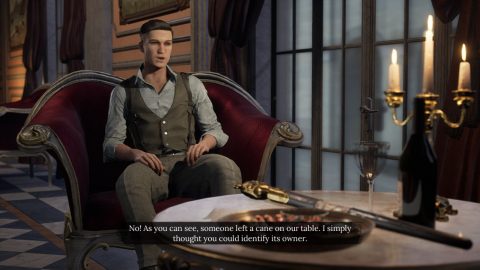
This entry has a younger Sherlock Holmes returning to the Mediterranean island of Cordona, his old childhood home, wanting to pay respects to his deceased mother. However, he finds himself finding case after case during his stay, and begins to remember things he wasn’t aware of, including a truth he may have blocked out for reasons he no longer remembers. With the help of his imaginary friend Jon, a sort of dump for Sherlock’s morality and emotional side, he ends up chasing the truth of the matter – no matter how grim that truth may be.
The story and tone here feels very unique from the rest of the series. Chapter One takes bits and pieces from every take so far to make a unified whole, and it’s extremely promising. This Sherlock has the looks and charisma of the Devil’s Daughter version, the anti-social front for his more emotional side made most obvious from the version from Testament and Crimes & Punishments, and the long winded explanations and ego of the Sherlock from Silver Earring to Versus Jack the Ripper. He’s very likable, even at his most dickish or awkward, and the more personal focus of the main story does a great job of exploring why he’s like this.
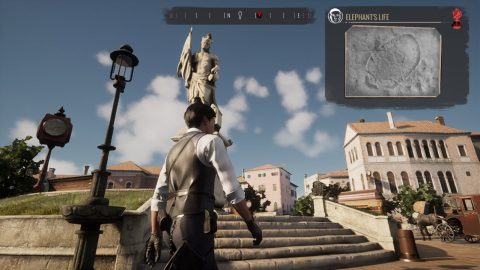
What really makes this work is Jon, who plays the Watson role, but sort of inverted. Where Watson is a mostly passive character for us to see ourselves in, Sherlock is ironically playing that role here, as we’re in his head space so often. Jon is what pushes a lot of the story, while still remaining as a guide and adviser for Sherlock. It’s interesting and works well here, Jon’s comments often being very goofy, emotional, and sort of trying to play up a boy’s idea of an adventure hero. He genuinely does feel like a part of Sherlock, but it’s not obvious at first. What’s there is from previous takes on the character, it just doesn’t register at first because we’re not used to the character being so loud and masculine. It’s an interesting idea that worked out wonderfully.
The writing remains strong, and its nice to see Frogwares trying to be more inclusive in its stories and themes. The very real history of racism, colonialism, labor abuses, and queerphobic attitudes all pop up here and show a good deal of sympathy to victims, while also letting many be interesting people with their own victories as well. This includes two crossdressing women (one a lesbian), and a direct bit of criticism about white man’s burden nonsense from Sherlock and Jon.
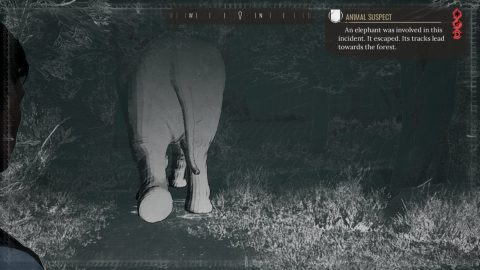
Case three is a bit iffy, as it deals with sexual assault and racism towards African refugees. The good intentions are there, and there’s a major avoidance of depicting any of the act (and you can punch a rapist, which is always a positive), but the structure of the case leaves those most affected mostly in the background. Points for that case having a very interesting moral conundrum to end on, and an understanding of the importance of what the victims want and the flaws of “hero” centric morality.
Cordona is a nice change of pace from London, a place with a lot of history and sights to take in. The island is a perfect setting for the new open world style, which works a lot better then you’d first expect. The UI vomit of waypoints is not present here (actually toned down from the already sparse Sinking City), the game relying mainly on a simple map, a small handful of points for shops and major points of interest, and waypoints you can place on your map proper for anywhere you need to go to and need a reminder for. The whole experience is clear, not too jammed up with collectibles, but just enough to give the game a solidly meaty runtime.
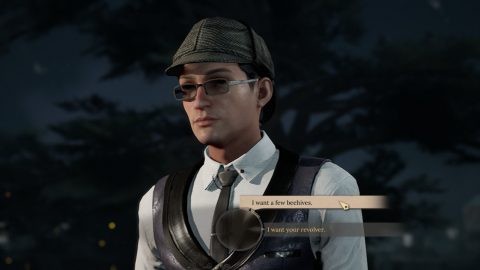
Side activities slot in well with established mechanics and conventions of the series. They’re mainly smaller cases that make use of a handful of mechanics, including finally making the disguise system worth mentioning. The last two games introduced a disguise system where Sherlock would have to dress up in a custom disguise to hide their identity, but it was only used once or twice in each game, and just to talk to maybe one suspect. In Chapter One, the disguises now slot into a faction system, where getting information from citizens requires you to look the part and blend in at times. After all, Sherlock comes from a wealthy British family, so his normal look wouldn’t attract sympathy from the Ottoman natives or any of the workers, among other such cases.
This also gives a purpose to the game’s currency, gained from completing these activities and main cases. For clothing specifically, you can buy or rent new disguise pieces, and you may be tempted to rent early on to progress at set points. If you got the DLC for the game, however, that is much less of a concern. These add a good deal of extra cases and such to dig into, which grant enough money early on to make it tenable to get a solid set of outfits. The rest is primarily extra, as it is just fun to dress up Sherlock with the mountain of cosmetics you get. Jon even gets his own full outfit unlocks.
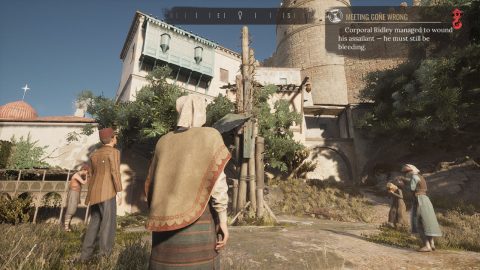
Through these and the main cases, you’ll be doing a lot of the usual. Main cases retain the deduction board system, now properly called the mind palace here (surprisingly, that name first used in The Sinking City), to reach conclusions from gathered clues. Side cases and activities have you explore leads to a single outcome (assuming you don’t mess it up), often testing your ability to observe and take in information, or make good use of the city archives, disguises, Sherlock’s now portable chemistry set, and more. They’re often quite satisfying to finish, and the most simplistic still give interesting history about Cordona, or unlock fun memories of Sherlock’s childhood.
A lot of this has been streamlined to fit the new structure. The chemistry set, for example, is now an abstracted field where you do simple math puzzles. The imagination and detective visions have also now been combined into a single collective detective vision where Sherlock will also mix in his imagination to make note of what someone or something he is imagining was in the scene. It creates a satisfying flow to detective work, letting you easily go from lead to lead.
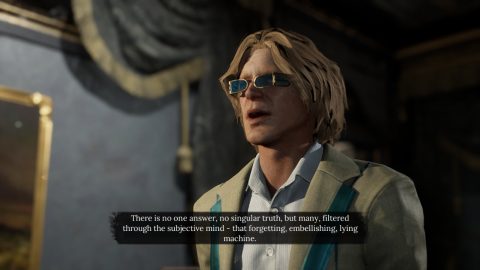
The tactile feel of the previous games is lost somewhat, but it was a trade off to make the new structure work for old formulas, and it was the right call overall. This extends to the graphics, where the fidelity has been dialed back a good bit in order to allow for the larger scope of areas. In order to make the game still pop, though, some post processing filter work was applied (though you can turn it off) that gives the game a slightly hazy, watercolor feel. It’s not nearly as overpowering as the smudgy looking Babylon’s Fall, though it is clearly a band-aid solution. It’s fine, but not outstanding. A better solution for PC users is looking into changing the anti-aliasing methods being used (this was not done for these screenshots).
The score makes up for it a good deal, lots of orchestral pieces that don’t overpower the scene, but act as the spine of it, supporting everything being shown and said. The game makes it clear how proud it is of this score early on, with case one starting with Jon playing a piano in a dreamscape as the events of the initial crime unfold. The voice acting remains strong throughout as well, even with smaller roles. Also worth noting is the great use of color, the game having this notably but underplayed use of yellow and gold, mixed alongside the white mansions of the wealthy neighborhoods, and more Earthly color of the working class and poor ones. Art and audio style goes a long way here.
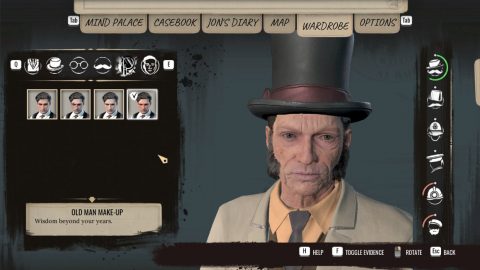
The big new addition is a combat system, a contentious choice that you can even turn off. It’s not a traditional system, mind you, but as Frogwares themselves describe in the game’s Steam FAQ, a sort of puzzle. The idea is that Sherlock can use his focused detective vision to make note of objects he can fire on to stun enemies, both on said enemies or in the environment. This opens them up for a non-lethal melee take down, further empathizing what a cheeky jerk Sherlock is in a fresh way.
It’s a fun idea set aside for set moments and challenges, and is a lot of fun once you nail down its rhythms. The issue is that the execution is a bit messy, with some environment hazards not having the reach you’d expect, and some animations not flowing as you’d expect them too. This really becomes obnoxious with the knife wielding thugs, who move more and in slightly off ways that make it hard to remove armor or hit their chest or back bottles. This one aspect of the game needs further tweaking for future stabs at the concept, especially since failing at it can possibly affect the ending you get.
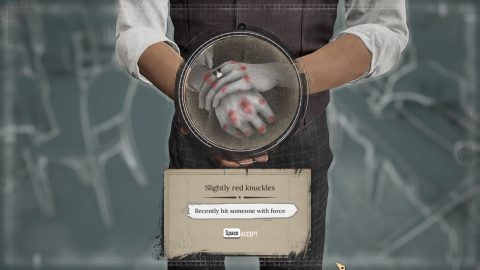
See, Jon is judging Sherlock through the game, mainly by choices he makes during cases, and more often, his execution of tasks. You find the info you need asking a civilian on the first try, you get some respect. On the other hand, you try to brute force the archive search system, he will get annoyed and fill out his journal with bad jokes about it. This also applies to combat segments, as killing enemies is a big negative in Jon’s eyes, so it feels undeserved for not getting how the combat works early on via Jon’s lack of respect.
The DLC is also quite good overall, each major case set having fun additions and some continuity teasing. The weakest of them is Saints & Sinners, which tries to have a complex moral problem at its core, but doesn’t really have enough of a run time to fully explore the ideas it brings up. It’s sort of like a subpar Crimes & Punishments case. Fairing better narrative wise are M for Mystery and especially Beyond a Joke, while Mycroft’s Pride has some of the more challenging side cases, dealing with some interesting spy set ups.
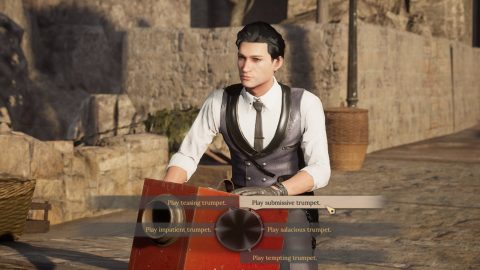
Chapter One is just shy of Crimes & Punishments greatness. It lacks that near perfect execution of concept, but still has a lot going on under the hood that makes it a great B-game alternative to the over budgeted open world messes from larger developers, while somehow never feeling like a usual middle market release. It is just a fantastic time, the side stuff even making for good wind down gaming in the work week. If Frogwares is going to explore this structure even further in later releases, we can expect some great things ahead for Holmes and Watson.
